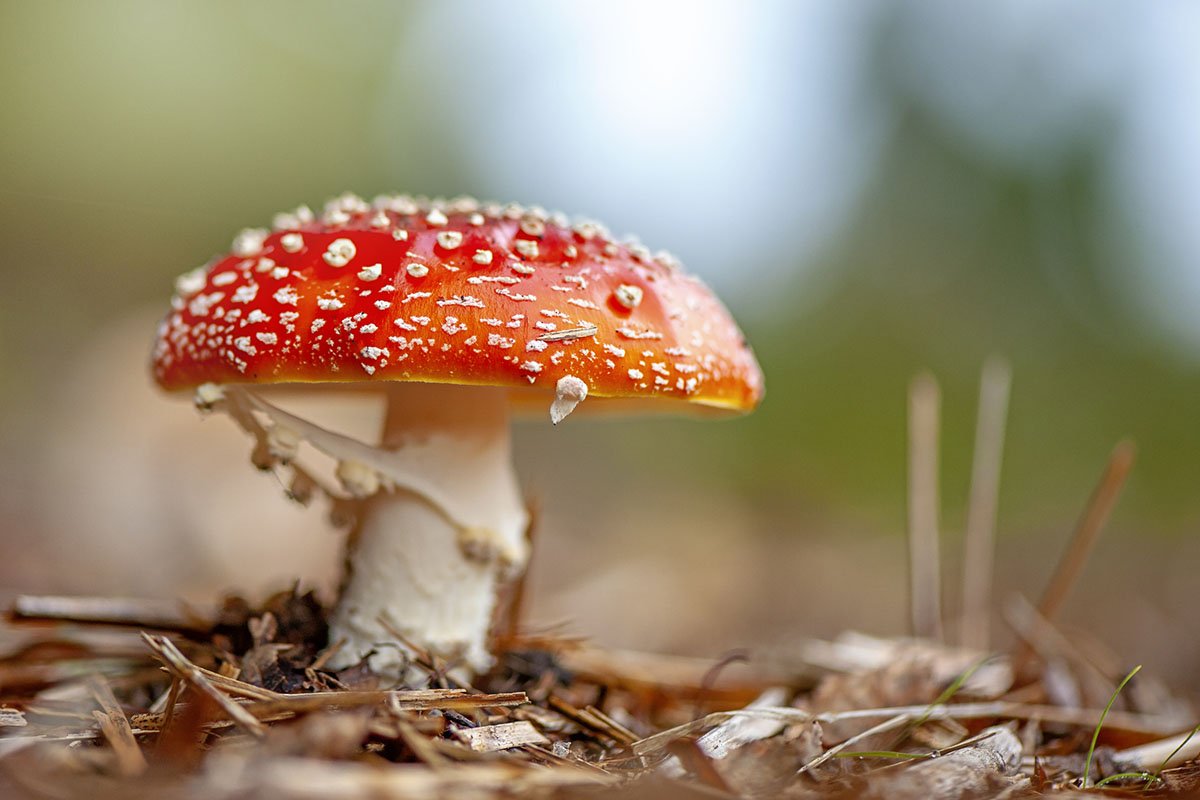The National Park Service has been sued over its failure to turn over documents that led to Director Chuck Sams’ decision to allow the Jemez Pueblo to kill an eagle in Valles Caldera National Preserve/Patrick Cone file
The National Park Service has been sued over Director Chuck Sams’ decision to allow the Jemez Pueblo to kill an eagle in Valles Caldera National Preserve by Public Employees for Environmental Responsibility, which is asking to see the decision documents Sams relied on to authorize the taking.
PEER filed Freedom of Information Act requests back in November to obtain the documents, and in the lawsuit [attached below] filed Monday in Washington, D.C. the organization said it had yet to receive any documents.
Back in October the director signed off on a request to allow the Jemez Pueblo to kill either a bald or golden eagle in Valles Caldera National Preserve in northern New Mexico for cultural purposes. It was a decision that drew criticism not just for the hastiness with which it was made, but for the precedent it appears to have set when it comes to killing wildlife within the National Park System.
Critics said that decision, made just five weeks after the pueblo made the request, clearly conflicts with Park Service regulations that prohibit the taking of wildlife. Those regs specifically block the “use, or possession of fish, wildlife, or plants for ceremonial or religious purposes, except for the gathering and removal of plants or plant parts by enrolled members of an Indian tribe in accordance with 36 CfR § 2.6, or where specifically authorized by federal statutory law, treaty…”
That section does not allow for the taking of wildlife.
PEER’s lawsuit said the Park Service had ignored two Freedom of Information Act requests, one to Valles Caldera’s superintendent and one to National Park Service headquarters. The FOIA sent to NPS headquarters also requested documents related to the decision to allow the pueblo to “enter and use an area off-limits to the public within the designated critical habitat of the endangered Jemez Mountains salamander.”
The FOIA request to the preserve’s superintendent specifically sought:
- The application or other written request to the NPS by members of Jemez Pueblo to pursue eagles in the Preserve;
- A copy of the permit issued by the NPS to allow Jemez to proceed to capture, collect and/or kill eagles in the Preserve under their Bald and Golden Eagle Protection Act (BGEPA) permit issued by the United States Fish and Wildlife Service;
- A copy of the BGEPA permit under which the Jemez conducted eagle gathering;
- A copy of the permit issued by the NPS that authorizes members of Jemez Pueblo to dwell on and occupy Federal park lands during their eagle pursuit;
- Any report submitted to the NPS by the Jemez eagle collectors on the take of eagles during the permitted period, and
- All studies and surveys the NPS possesses about the status of golden and bald eagles within the boundaries of Valles Caldera.
The FOIA request sent to NPS headquarters sought:
- Any communications between the NPS, the White House, the Council on Environmental Quality, or the Department of the Interior concerning NPS approval to Jemez members to take eagles, and occupy lands for that purpose, in Valles Caldera National Preserve;
- Any communications between the NPS to the United States Fish and Wildlife Service (USFWS) to determine possible effects of the NPS authorized conduct on the Jemez Salamander, a species listed as endangered, or on habitat designated by the USFWS as critical to the survival of the species; and
- All studies and surveys the NPS possesses about the status of golden and bald eagles within the boundaries of Valles Caldera during the period January 1, 2017 to present.
“NPS is frustrating PEER’s efforts to understand why NPS allowed the take of eagles in Valles Caldera and why it provided special permission for one group to use an area designated as critical habitat for an endangered species that was off-limits to the general public,” the advocacy group said in its filing.
When the director’s decision became public knowledge in November, Mike Murray, then chair of the Coalition to Protect America’s National Parks, told the Traveler that “[P]rincipled arguments can be made both opposing or supporting the issuance of an eagle take permit in a unit of the National Park System. Is it the right thing to do or not and is it allowable under applicable authorities? In any case, the NPS decision to allow the take of one eagle at Valles Caldera is precedent setting. To the best of my knowledge, this has never been allowed in any other park system unit.”
Murray also expressed concern that the Park Service did not allow the public to weigh in on the pueblo’s request, and apparently did not consult with other tribes with cultural ties to the landscape within the preserve.
Critics of the director’s decision also wondered whether it would open other parks to tribes seeking to take eagles or other wildlife.
According to the National Park Service Management Policies of 2006, a compendium of directives for superintendents, superintendents are allowed to “designate certain fruits, berries, nuts, or unoccupied seashells that may be gathered by hand for personal use or consumption if it will not adversely affect park wildlife, the reproductive potential of a plant species, or otherwise adversely affect park resources.”
Former National Park Service Director Jon Jarvis in 2010 voiced opposition to the longstanding regulations prohibiting most consumptive harvesting in parks, which had the effect of prohibiting tribal members from collecting ramps, a type of wild onion, from Great Smoky Mountains National Park, generating considerable controversy as NPS directors do not have the discretionary authority to ignore federal regulations. That incident led the Park Service to review the ban, “and tribal perspectives were sought concerning how the regulation might be revised to permit park superintendents and Indian tribes to enter into agreements to gather plants and minerals for traditional uses,” said David Barna, at the time the agency’s chief spokesman.
The resulting regulation authorized “the National Park Service to enter into agreements with federally recognized Indian tribes to allow for the gathering and removal of plants or plant parts from National Park System areas for traditional purposes.” It did not authorize the taking of wildlife under any circumstances.





